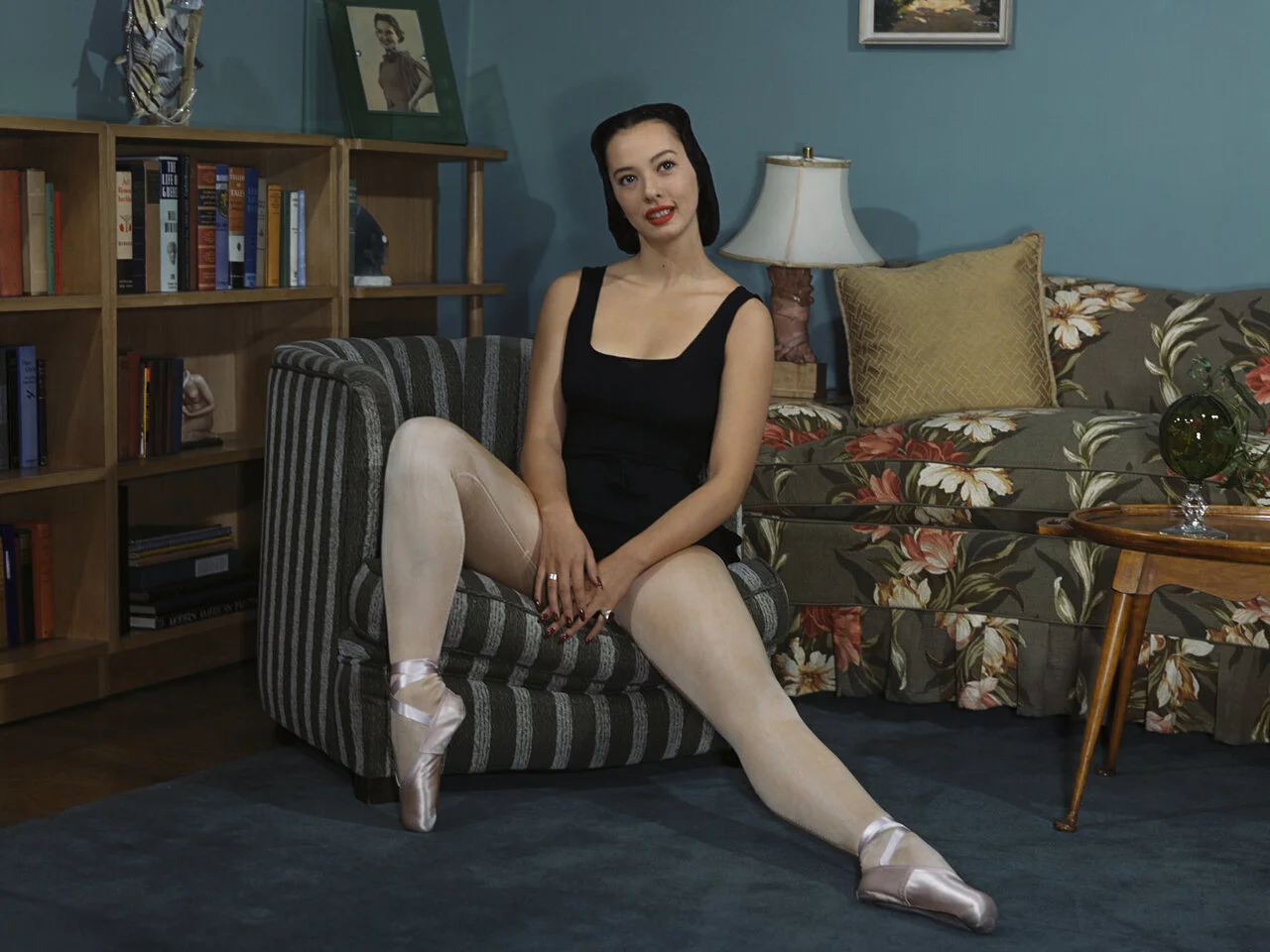Maria Tallchief: An Avant-Garde Ballerina
“Betty Marie,” as her friends used to call her, is the very first woman to become a major prima ballerina in the United States. As a Native American, eloquent about injustice and proud of her ancestry, Maria Tallchief became a groundbreaker for dancers of the same origin and paved the way for American presence in European ballet. With George Balanchine’s guidance and her own passion, she revolutionized ballet in America from the 1940s to the 1960s.
Elizabeth Marie Tallchief was born on January 24, 1925 in Fairfax, Oklahoma. She was the daughter of Alexander Joseph Tall Chief, a member of the midwestern Native American tribe Osage Nation, and Ruth Porter, a woman of Scottish-Irish descent whose regrets of not becoming a dancer played a major role in Maria Tallchief’s destiny. Growing up very poor and unable to chase her dreams of becoming a dance or music performer, Ruth was determined that her daughters would become performers. She enrolled her daughters in ballet and piano classes.
As the two sisters, Betty Marie and Marjorie, showed particular interest in dancing, the family moved to Los Angeles in hopes of acquiring more opportunities and proper teaching. An acclaimed instructor, Ernest Belcher, and an innovative dancer and choreographer, Bronislava Nijinska, became Betty Marie’s teachers during her early teen years. In high school, she engaged with prominent ballet figures such as Tatiana Riabouchinska. This connection led her to New York City to pursue ballet full-time. There, Betty Marie joined Ballet Russe de Monte Carlo, a leading Russian ballerina company in the United States. Under the choreographer Agnes de Mille’s advice, Tallchief adopted Maria instead of Betty Marie as her professional name.
In 1942, Tallchief’s career began to take off, as she was receiving positive reviews from critics. At the age of 19, she danced as part of Ballet Russe in “Song of Norway,” a Broadway musical. This was Maria’s first encounter with the influential 20th-century choreographer George Balanchine. They became increasingly fond of each other through their dance partnership, and they soon got married in 1946. After her contract with Ballet Russe ended, Tallchief became the first American to dance in the Paris Opera Ballet. At the same time, Balanchine was establishing his own ballet company, the prestigious New York City Ballet, where Tallchief soon resumed some of her most acclaimed roles. It was at that time that she performed one of her signature leading roles, “Firebird.”
Unfortunately, Tallchief and Balanchine divorced in 1950, because as she admits in her autobiography, “Passion and romance didn't play a big role in our married life.” Tallchief went on to marry Elmourza Natirboff, a pilot, then businessman Henry D. Paschen, Jr., taking little time off ballet to bring her only child to the world—a daughter, poet Elise Paschen. Although separated as a couple, Tallchief and Balanchine had a strong and ambitious artistic connection. She remained in the New York City Ballet troupe until 1960, establishing her role as America’s first prima ballerina with roles in theatrical and abstract ballets such as Eurydice in “Orpheus,” Odette in “Swan Lake,” Sugar Plum Fairy in “Nutcracker,” and roles in “Sylvia Pas de Deux” and “Pas de Dix.” Always on the move, Maria Tallchief also made appearances with other ballet companies and appeared on the silver screen in TV productions and in MGM’s Million Dollar Mermaid.
After leaving Balanchine’s company, Maria performed as a guest at the historical Moscow’s Bolshoi Theater, becoming the first American to do so. She joined the American Ballet Theater, went on tour in Europe, made appearances around the world, danced for President John F. Kennedy, and partnered with Rudolf Nureyev for his televised American debut. Later in her career, in 1966, she became the lead ballerina for Hamburg Ballet, where she performed the dramatic role of “Cinderella,” one of her last before retiring.
Despite having to retrain herself a couple times during her career to overcome some technical drawbacks, Tallchief was a woman of impact, transforming her weaknesses to strengths. By taking time to make guest appearances with Ballet Russe, she reached a point of earning the highest possible dancer’s salary during the mid-1950s. She refused to give up her last name, despite the racial discrimination she faced, and she continued to perform and thrive with her own name. Later in life came the role of the teacher and choreographer; Tallchief and her sister opened the renowned Chicago City Ballet, a ballet school and dance company. Tallchief died on April 11, 2013 in Chicago, where she had lived most of her retirement years, leaving behind her an amazing story which still inspires many talented ballerinas.

